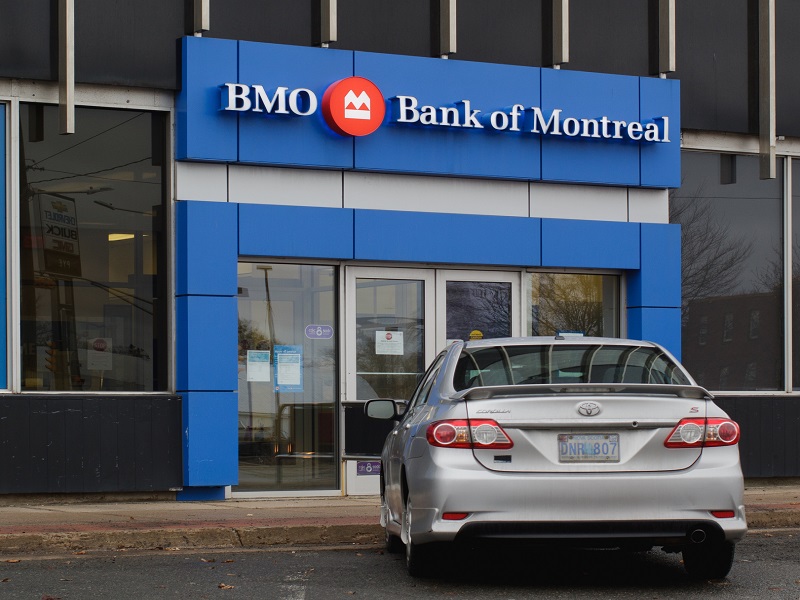
BMO Financial Group said Tuesday it is focused on integrating its US$16.3 billion Bank of the West acquisition that dominated fourth-quarter results and will reshape its balance sheet in the quarters ahead.
“We’re excited to welcome thousands of new employees and 1.8 million customers to the BMO family as we come together with a shared vision to drive progress for our customers and communities,” said chief executive Darryl White on an earnings call.
The closing of the deal helped pushed BMO’s first-quarter profit down to $247 million, from $2.93 billion in the same quarter a year earlier, as it took a one-time charge related to the acquisition.
With the deal closed, which came about three months later than expected when first announced in late 2021, the bank is now focused on integrating the banks and achieving the US$670 million in cost savings expected.
Overall the addition of the Bank of the West is expected to add US$2 billion in pre-tax, pre-provision earnings benefits, including the cost savings that White said he’s confident they’ll achieve.
“In the early days of owning the asset, my confidence level has gone up on those revenue synergies,” he said on the call.
The Bank of the West acquisition added a pre-tax loss of $2.01 billion in the first quarter related to the impact of interest rate changes between the announcement and the closing of the purchase on its fair value and goodwill.
Elsewhere in the results, BMO’s wealth management division earned $277 million, down 12% from $315 million a year ago. The segment’s net income was also lower than the previous quarter, when it reported a $298-million profit.
Broken down, wealth and asset management accounted for net income of $207 million (down 20% from a year ago) while insurance earned $70 million (a 29% increase from the year prior).
Revenue in wealth and asset management was 4% lower than in the first quarter of 2022 due to weaker global markets and lower online brokerage transaction revenue, BMO said. That was partially offset by higher net interest income and net new client assets.
Assets under management totalled $321.5 billion on Jan. 31, down 3% year over year but up 5% from Oct. 31.
BMO reported negative operating leverage at the all-bank level in the last quarter as results compared to strong capital markets results in the first quarter last year, as well as a 9% increase in expenses.
Revenue totalled $6.47 billion, down from $7.72 billion, while provisions for credit losses amounted to $217 million compared with a recovery of $99 million a year earlier.
On an adjusted basis, BMO says it earned $3.22 per diluted share for its first quarter, down from an adjusted profit of $3.89 per diluted share in the same quarter last year.
Analysts on average had expected a profit of $3.16 per share, according to those polled by financial markets data firm Refinitiv.
Earnings came in higher than expected on elevated trading revenue, which other banks have benefited from as well so far this quarter, as well lower-than-expected provisions for credit loss, said Scotiabank analyst Meny Grauman.
He said that while part of the earnings beat was less substantially encouraging, the main focus is Bank of the West where BMO has modestly downgraded its earnings per share boost from the deal from 8% to 7% for its 2024 financial year.
“Despite a lower quality beat the focus for investors now turns to upside from the BotW deal.”
BMO said its Canadian personal and commercial banking business earned $980 million in its latest quarter, down from $1.00 billion in the same quarter last year as it faced higher expenses and a higher provision for credit losses.
The bank’s U.S. personal and commercial banking operations earned $698 million, up from $681 million a year ago, helped by a stronger U.S. dollar.
BMO said its capital markets operations earned $503 million, down from $705 million a year ago due to market conditions, resulting in lower investment and corporate banking revenue and global markets revenue, as well as higher expenses and a lower recovery of the provision for credit losses.
The bank’s corporate services segment, which included the Bank of the West charge, reported a loss of $2.21 billion compared with a profit of $228 million a year earlier.